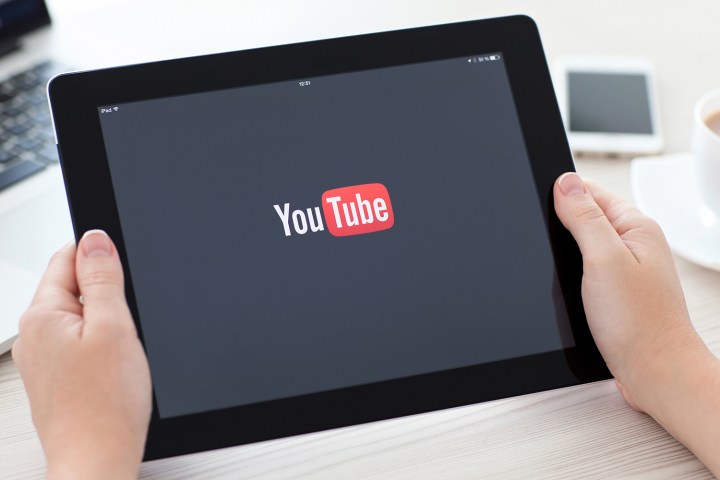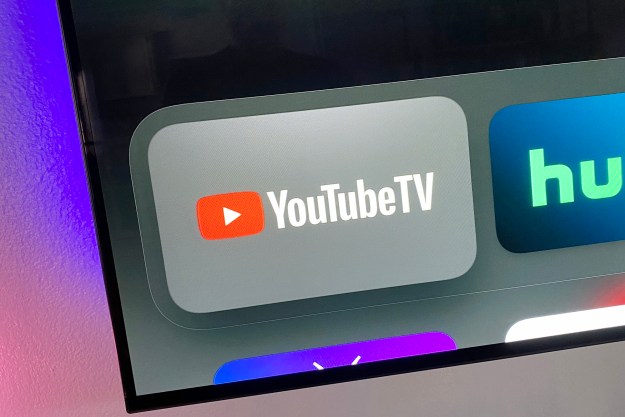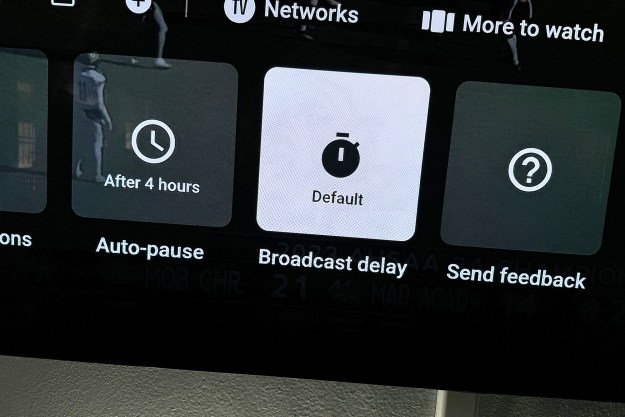
“Back in 2010, we enabled 4K video support for the very first time. Since then, millions of videos have been uploaded at that eye-popping resolution, making YouTube’s the largest library of 4K videos online,” Kurt Wilms, YouTube senior product manager, wrote in a blog post. “Today, we’re proud to say that we’re taking
When introducing new features, YouTube usually launches with a playlist designed to show off its new tech, but since the new 4K support is for live-streaming, the company is taking a different approach. YouTube will stream the 2016 Game Awards live, all of which will be presented in
YouTube isn’t the first company to offer 4K live-streaming — gaming-focused streaming service Hitbox began offering
With more cameras adding support for 4K video, YouTube seems to be in the right place at the right time to introduce this feature. If you’re interested in seeing just how much of an improvement
Updated by Kris Wouk on 12/01/2016: Updated air time for the Game Awards
Editors' Recommendations
- Sony debuts the Bravia 9, its brightest 4K TV ever, alongside new 2024 models
- YouTube TV just got even better on iPhones and iPads
- Belkin drops a $50 mount for iPhone video calls on Apple TV 4K
- If you don’t see CBS in 4K on YouTube TV, try this
- YouTube TV: plans, pricing, channels, how to cancel, and more


